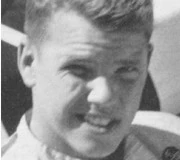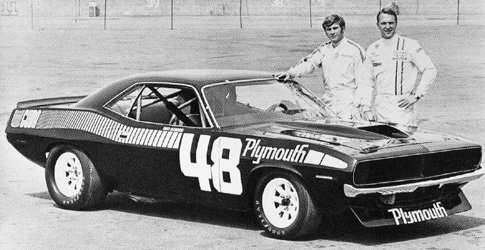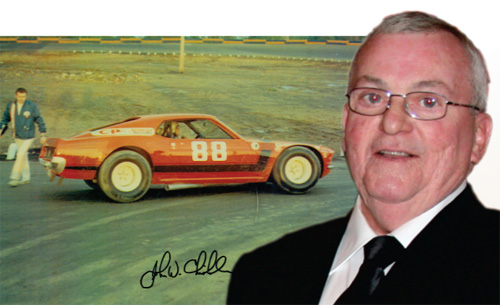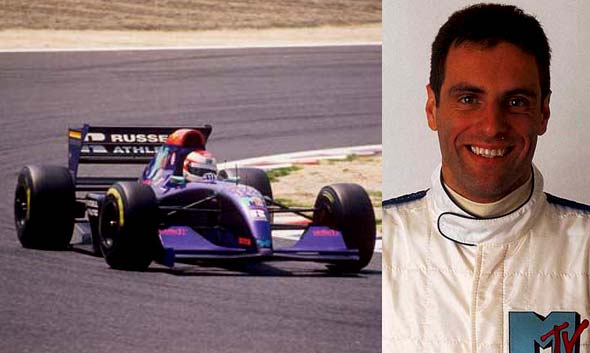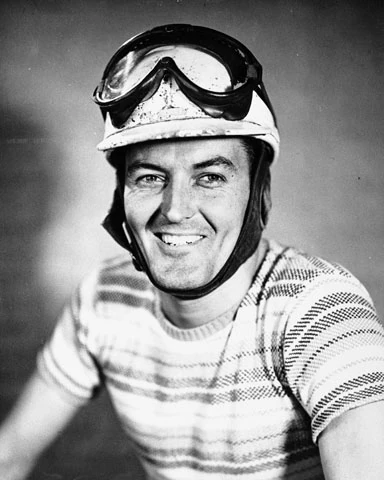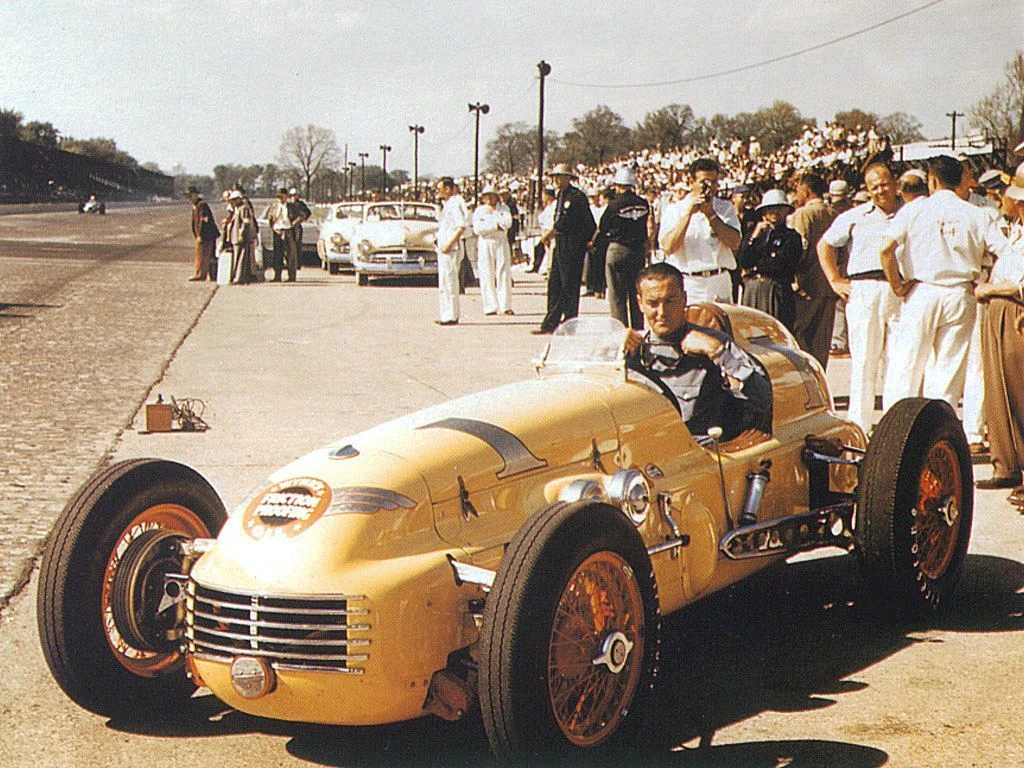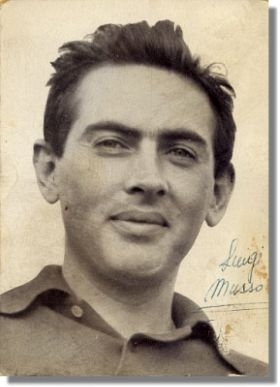July 4, 1960 – April 30, 1994
Roland Ratzenberger
Born in Salzburg, Austria.
Ratzenberger often claimed 1962, rather than 1960, as his birth year, wanting to appear younger to extend his racing career. He began racing in German Formula Ford in 1983, and in 1985 won both the Austrian and Central European Formula Ford championships.
In 1985, he entered the Formula Ford Festival at Brands Hatch in England, finishing second. He returned in 1986, and won it before graduating to British Formula Three the following season. While in the UK, he briefly gained fame for the similarity of his name to that of TV puppet Roland Rat, with whom he appeared in an edition of TV-am and whose branding briefly appeared on his car.
Two years in British F3 yielded two 12th places in the championship with West Surrey Racing and Madgwick Motorsport. He also raced in other formulas than single seaters, once finishing second in the 1987 World Touring Car Championship driving a Team Schnitzer BMW M3. In 1988 he entered the final few rounds of the British Touring Car Championship in a class B BMW M3 for the Demon Tweeks team.
In 1989 he entered the British Formula 3000 series, finishing third overall. The same year he raced in the Le Mans 24 Hours for the first time. The Brun Motorsport, Porsche 962 he shared with Maurizio Sandro Sala and Walter Lechner retired in the third hour. He raced in the next four Le Mans, with Brun again in 1991 and with the SARD team in 1990, 1992 and 1993. His highest finish came in 1993, when he, Mauro Martini and Naoki Nagasaka finished fifth in a Toyota 93 C-V.
In the 1990s, Ratzenberger switched to Japanese racing. He won one race each in 1990 and 1991 in the Japanese Sports Prototype Championship with the same SARD team he drove for at Le Mans. He also returned to touring car racing in the Japanese Touring Car Championship, finishing seventh in 1990 and 1991 in a BMW M3.
This paved the way for a return to Formula 3000 in the Japanese championship, with the Stellar team in the 1992 season. His year began poorly but, when the team upgraded their two-year-old Lola for a new model, Ratzenberger won once to finish seventh overall. He remained in the series in the 1993 season, finishing 11th.
In 1994, he finally achieved his ambition of becoming a Formula One driver, signing a five-race deal with the new Simtek team run by Nick Wirth. His campaign got off to a poor start at the Brazilian Grand Prix in Interlagos, where he failed to qualify. But he got onto the grid for the next round at the TI Circuit in Aida, Japan, as his experience of the track from his touring car days meant he was the only driver in the race who had driven at the venue before. He finished 11th.
Ratzenberger was killed during qualifying for the San Marino Grand Prix at the Imola circuit on Saturday 30 April 1994. He went off-track on the previous lap, damaging his front wing, but rather than come into the pits, he continued, since he was competing for the final grid spot. The high speed on the straight, and therefore the high downforce generated, finally broke the wing off, sending it under the car. His car failed to turn into the Villeneuve Corner and struck the outside wall at 314.9 km/h (195.7 mph).
Ratzenberger was pronounced dead on arrival at Maggiore Hospital in Bologna, having been airlifted there from the Imola circuit's medical centre, where he had initially been transferred to from the crash site by ambulance. The cause of death was a basilar skull fracture.
Ratzenberger was the first racing driver to lose his life at a grand prix weekend since the 1982 season, when Riccardo Paletti was killed at the Canadian Grand Prix at the Circuit Gilles Villeneuve. Ratzenberger was also the first driver to die in an F1 car since Elio de Angelis during testing in 1986.
The following day on May 1, 1994, seven laps into the race, three-time World Champion Ayrton Senna was killed in another accident that brought the sport of Formula One under international scrutiny. The double tragedy was marked before the start of the next race in Monaco, with the front row of the grid left empty and the two slots painted with a Brazilian and Austrian flag.
When track officials examined the wreckage of Senna's racing car, they found a furled Austrian flag. Senna had planned to raise it after the race, in honour of Ratzenberger.



